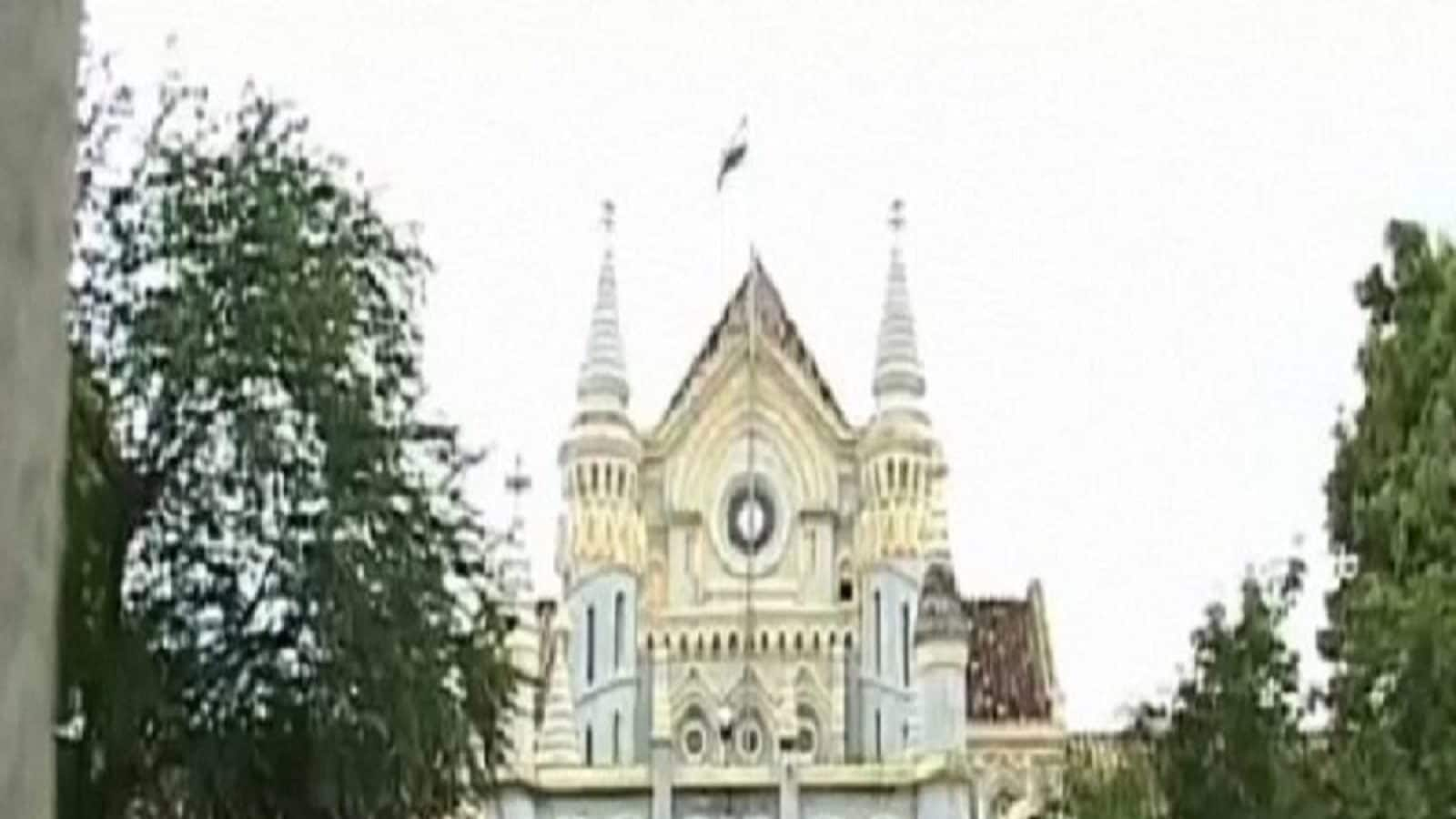


A man sentenced to death thrice for the rape and murder of a 9-year-old girl was acquitted after 11 years. The case took a dramatic twist when DNA evidence revealed that the semen found on the victim did not match Anokhilal, a farm labourer from Khandwa, leading to his release.In 2013, when Anokhilal was 21, a special court in Khandwa district of Madhya Pradesh found him guilty of raping & murdering a 9-year-old girl & decided to hand him the capital punishment – in a trial that lasted less than 2 weeks. In 2019, the Apex Court struck down that ruling & ordered a retrial.In 2023, after the retrial, the Khandwa Court again sentenced him to death. This time, it was the High Court of Madhya Pradesh that sent the case back to the special court. Following a third trial, the Khandwa court earlier this month acquitted him in the case. On March 20, he was released after spending around 11 years in jail.Judge Prachi Patel, the same judge who convicted Anokhilal in 2023, in the acquittal order said, “No matter how grave the crime is, the burden of proof to convict the accused always lies on the prosecution. The court must always remain vigilant & ensure that the court’s findings are based on the evidence presented before the court & not influenced by emotions".It was the cross-examination of the medical expert who had given an opinion on the DNA analysis in the case that tilted the scales in favour of Anokhilal in his latest trial. Also, he was represented by a team of 4 lawyers – Shreya Rastogi, Sakshi Jain, Stuti Rai, & Saloni Ambastha – from Project 39A, a criminal reforms advocacy group with the National Law University, Delhi.The caseOn Jan 29, 2013, a 9-year-old girl went missing from her home in a Madhya Pradesh village. A day later, she was found dead. When recovering her body, police picked up some crucial evidence from the scene: a matchbox, a biscuit packet, a Rs 5 coin, & eight strands of black hair in the victim’s hand.Anokhilal, who witnesses had said was seen with the girl a day before her disappearance, quickly came under the police’s radar, & suspicions only increased when they found that he was missing.Police announced a reward of Rs 10,000 for information leading to his capture, & on Feb 4, they nabbed him thanks to input from an informer.Members of Anokhilal’s family & some residents of the village said he was an itinerant who rarely stayed at home. However, the prosecution had witnesses who said he was with the victim before her disappearance. Based on this, police booked Anokhilal & swiftly filed a chargesheet on Feb 13, 2013.The prosecution’s “last seen with” theory stacked the odds against him, & just a month later, the court had convicted him following a rapid trial. All of the prosecution’s witnesses were examined in less than a week’s time.The Khandwa special court sentenced Anokhilal to death in March 2013, & four months later, the Madhya Pradesh High Court upheld the sentence. However, in 2019, the Supreme Court set aside the conviction & ordered a fresh trial, saying Anokhilal had not gotten proper legal representation the first time around.In the second trial, the court appointed legal aid lawyers for the accused, but eventually came to the same verdict & sentence. However, the High Court pointed out that the expert who prepared the DNA report that was heavily relied on by the prosecution was not examined, & that this left a “gaping hole” in the case. With this, the case was sent back to the special court for a third time.The two major pieces of evidence that the prosecution relied on was a statement by a woman working in a field, who said she see saw the accused with the girl before her disappearance & informed her parents, & the DNA report prepared by Dr Pankaj Srivastava, assistant chemical examiner of the DNA Fingerprinting Unit.Acquitting Anokhilal, Judge Prachi Patel expressed doubts about the reliability of the “last seen with” theory. She noted that there was likely a “36-hour gap” between when the accused was seen with the victim & when the murder could have taken place. Given this, “the possibility of intervention by another person cannot be ruled out”, the judge observed.Regarding the DNA report, the court said that while male DNA was found on swabs taken from the victim’s body, it noted that Dr Srivastava “acknowledged” that Anokhilal’s DNA was not found in these swabs.Police had also said that DNA from strands of hair found on the victim matched the accused’s, but the court said that “there are numerous discrepancies in the case regarding the seizure, sealing, & subsequent examination of the hairs from the deceased’s hand”.The Court further remarked that a stain on the victim’s pyjamas was the only DNA reference profile. “It is surprising that even when the deceased’s entire body was available, a stain on her pyjamas was used as the reference profile, which is a serious error in the investigation,” the court said.The Court noted that the DNA report had many such discrepancies & “was incorrectly made, & scientific procedures were not followed”. It also noted that “despite all its shortcomings, the DNA test indicates the innocence of the accused”.
TAGS: Anokhilal acquitted DNA evidence rape murder 9-year-old girl Khandwa Madhya Pradesh special court